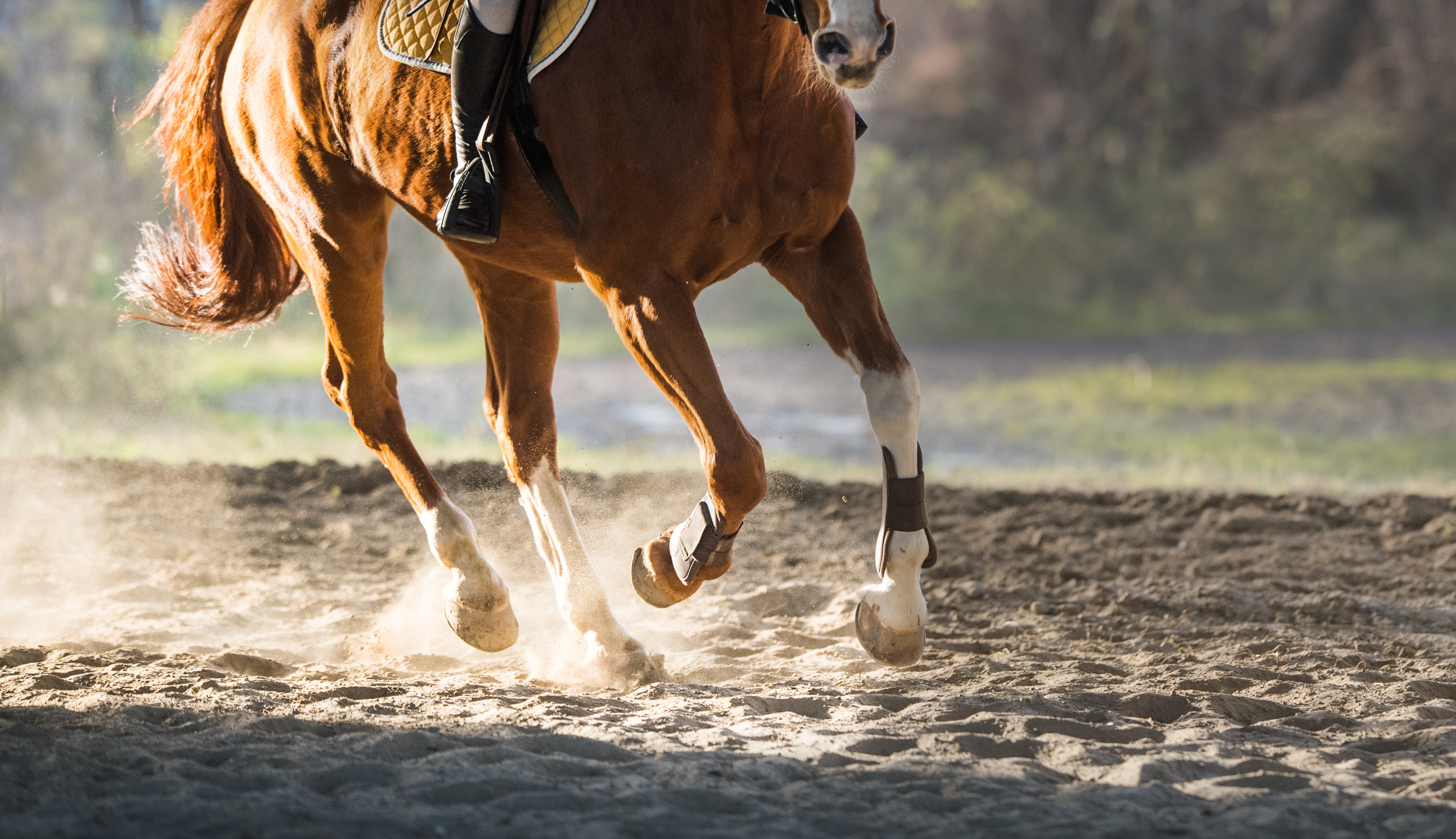Boots can be a great boon for equine performance, protecting a horse’s legs from outside forces—such as a bang against a fence rail—as well as impact with his other limbs. Boots in bad repair, however, can pose hazards that outweigh their benefits. A worn-out lining may rub a horse raw, while a loose, dangling strap could trip him, leading to an accident. Follow these tips to ensure your horse’s boots are ready to wear.

• Make sure they fit. Too-large or too-small boots are dangerous from their first wearing. Follow the manufacturer’s guidelines for fit and don’t hesitate to call the company if you have questions.
• Keep them clean. Not only will regular cleaning extend the life of your boots, the process provides you the opportunity to spot any damage to them early on.
• Inspect the attachment system every time you use the boots. Most these days are secured with Velcro, so make sure the “hook” side is free from hair, dirt and arena footing and that the “loop” side is still fuzzy. When there’s good contact there will be a satisfying ripping noise as you pull the two sides apart. If the Velcro has a weak hold, you can clean the hook side with a flea comb. If that doesn’t help, it’s time to repair or replace the boots.
Click here to learn what noisy joints may mean.
• Take a look at the lining. Foam, neoprene, fleece and other linings intended to protect your horse’s skin can do the opposite when they are dirty, torn, fraying or “flat.” Inspect the inside of the boots regularly, looking for signs of trouble. Also take a look at your horse’s legs after each ride. Even with good linings, some horses are sensitive enough to develop rub marks from particular types of boots. You’ll need to look for alternative leg protection for those horses.
Don’t miss out! With the free weekly EQUUS newsletter, you’ll get the latest horse health information delivered right to your in basket! If you’re not already receiving the EQUUS newsletter, click here to sign up. It’s *free*!








